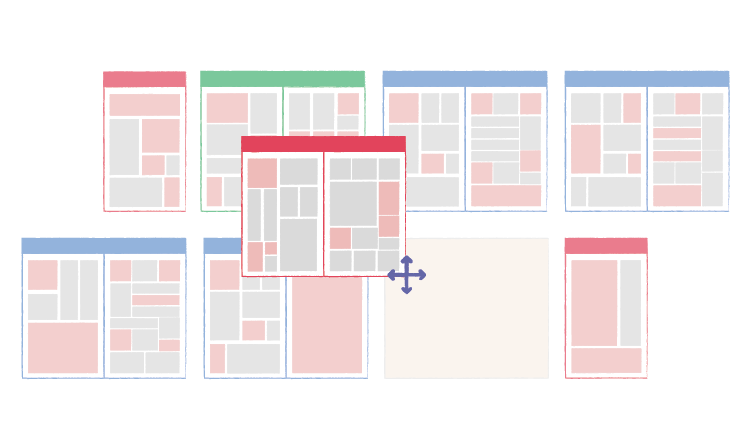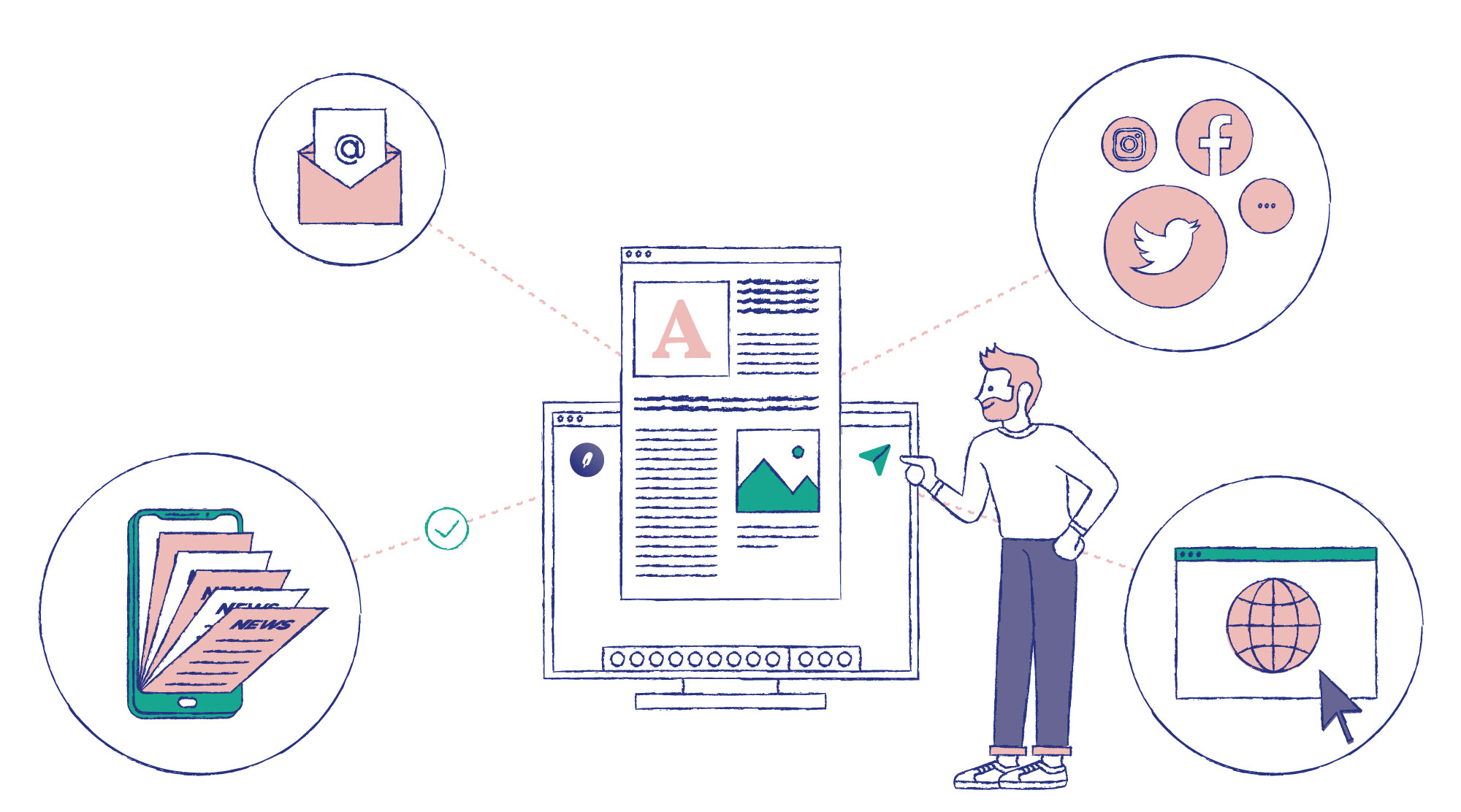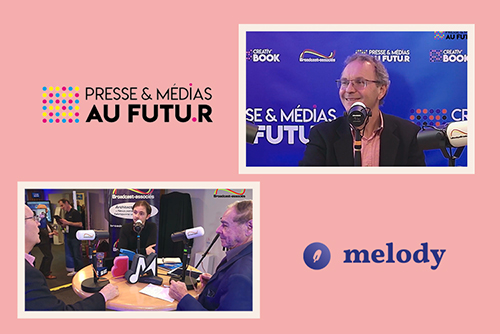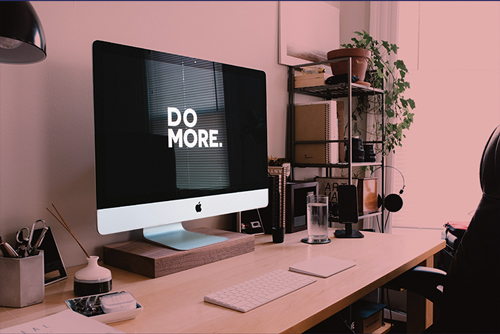Open Google, search for CMS. The list is long and your choice is tedious. Some solutions seem obvious, others more recent are full of promise. However, the risk is high that the solution you choose has a fundamental problem: the difficulty to manage your print channel.

Ah yes, the print...
CMS are nowadays almost exclusively web tools. Designed by developers at the cutting edge of technology, they all allow you to make the most of digital channels. Thanks to APIs, it seems easy to communicate on your websites, mobile applications, voice assistants, etc.
Choosing these new entrants is not without charm. Their communication is very active, their interface cleverly worked, the marketing discourse well developed. But few of them are concerned with one of the fundamental communication channels: the printed page.
"The customer will only have to use a PDF library in java/php or dotnet" as if you were an expert in technology, and ignorant of the constraints to produce a compliant PDF file for the printer.
While digital is filling our lives, "Print is not dead". And for newspaper publishers, effective management of the "Print Page" and "Flip Page" channels is fundamental. So you'll be begging your CMS provider to hear from you, but...
A minimal response.
Some CMS have tried to address this lack. Some rely on their user community to provide business software bricks, others have cobbled together addons on the margin. In truth, the "solution" is almost always to extract the data from the CMS in XML format and then let the designers import this content into Adobe InDesign.
This approach may seem operational at first glance. After all, the contents will be well laid out in InDesign, right? And the client can take care of producing the print PDFs: everyone is happy.
Everyone? Talk to the layout artists who have to assimilate a 15 year old working technique (XML import has not evolved since InDesign CS3). Markup, structure, nodes, associating styles to tags, when not adding XSLT transformations...a whole program.
Finally, another pitfall is the lack of a downstream connection between the changes made in the model and the content management system. How can mistakes and corrections be brought up if communication is only downstream? Can we receive changes without having to go through everything again? How can you send the HTML versions of articles to your HTML5 reader from the document layout for a better reading experience?
In the best case, you will be allowed to upload your InDesign file but without any real connection with the system and possible content corrections. And very often all this will end up in "copy/paste", invented in the last century and which certainly does not rhyme with productivity!

The quickest solutions are not always the most effective
page impositionfile, workflows... the forgotten ones.

For newspaper publishers, the use of an editorial CMS cannot be limited to content entry. They need a collaborative and reactive tool. Here again, if most of the free and commercial CMS offer user and rights management, few care (when they don't simply ignore it) about business aspects.
No pages imposition, no vision on the files transmitted to the printer, as for the workflows... No problem, you may say. You just have to add plugins or to equip yourself with an additional tool whose specific development will be charged at a high price.
In the best case, you end up with an amalgam of products that do not always exchange well with each other and are difficult to maintain.
True multi-channel management with Melody.

Unlike all other solutions on the market, the Melody solution was first built by and for experts in the press world. page imposition It offers a wide range of features, including PDF management, article and page workflows. It's all there.... and more.
Our 100% online system, structured aroundInDesign Server, allows us to automatically layout your articles in real time thanks to the embedded templates. We produce the print PDFs with your own quality standards. And all of this can be controlled from our collaborative page imposition .
But Melody is not limited to the print channel. Our multi-channel solution allows you to publish in one click on websites, on the mobile application, to the HTML5 reader and with a maximum of coherence between your contents.
If you are considering adopting or changing your editorial CMS, we would love to introduce you to Melody and explain how some of our clients have gained more than 50-80% in productivity with Melody!




